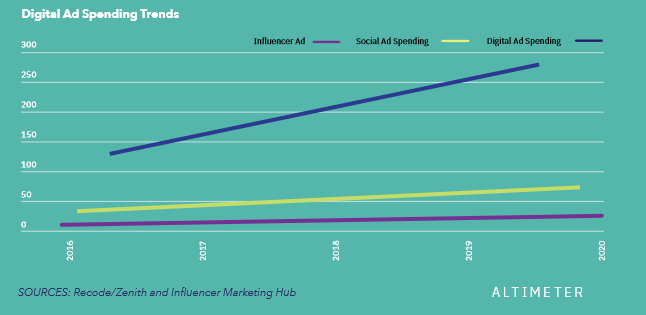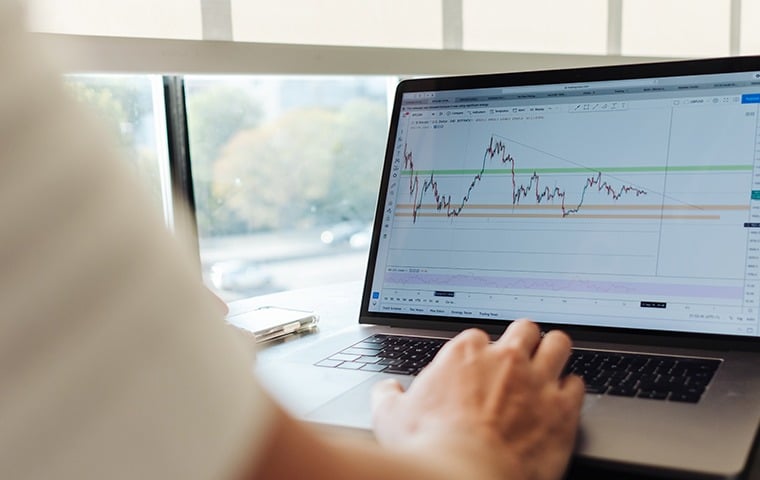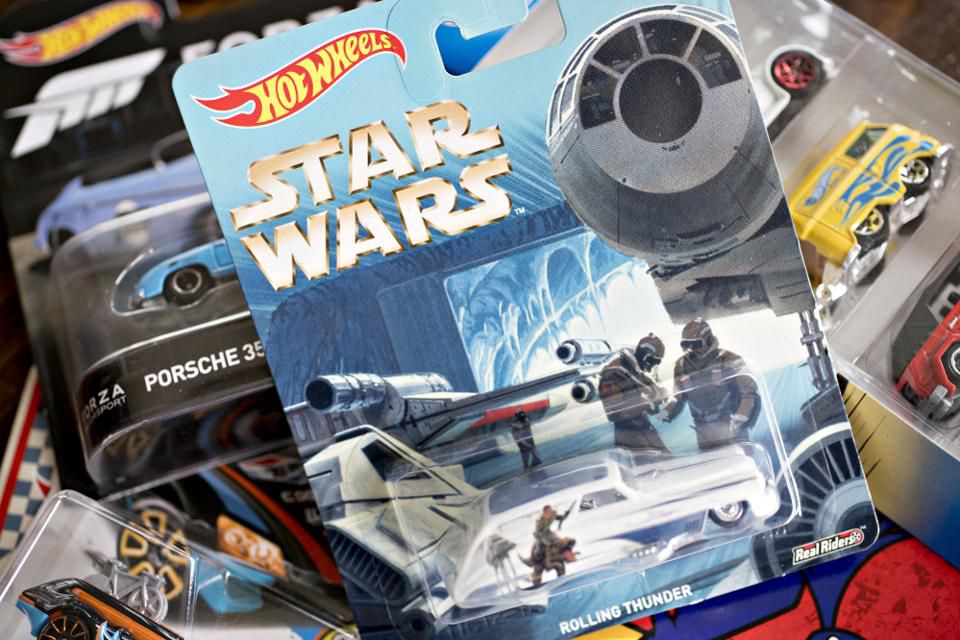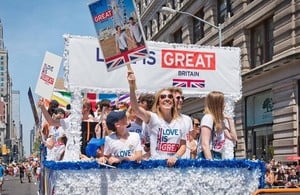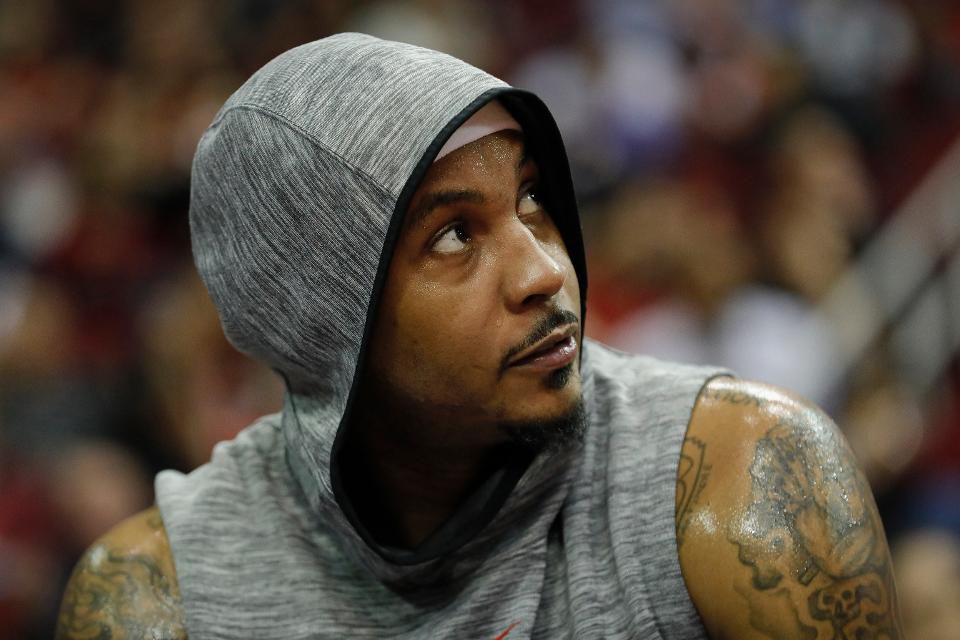The influencer marketing space is expected to reach $10 billion by 2022, up from $2 billion in 2017, according to Business Insider Intelligence. But just how much should businesses spend on their influencers to take advantage of this growth?
San Francisco-based influencer marketing platform Linquia has recently released a new report on the state of influencer marketing.
Its “The Power of Influence” report from research firm Altimeterrecommended that businesses spend 25% of their digital marketing budgets on influencer marketing.
Brands currently spend a quarter of their online budgets on social media advertising.
Altimeter reckons that there is a strong case for allocating the same amount of budget for influencer marketing.
Business insider says that spending on influencer marketing will grow at an exponential rate (projected at almost 40% annual growth for the next five years).
However, this ad spend is not reaching its intended audience. A quarter of US internet users deploy ad-blocking software, according to eMarketer.
Audiences consider influencers to be more authentic than brands. Using influencers to deliver the ads brands require in a human way means that the brand can minimise its digital ad spend.
And there is a lot of opportunity to reallocate budget from digital ads to influencers and capture the audience’s attention.

Influencer marketing continues to evolve from an emerging practice to an established, measurable strategy for consumer engagement. An estimated 70.3% of US influencer marketers expect to increase their influencer marketing budget in 2019
San Francisco-based multi-screen digital advertising platform RhythmOne, released its 2018 influencer marketing report. Formally known as Blinkx, the company merged with Taptica in 2019.
The report provides full-year 2018 campaign benchmarks for key performance indicators across 19 advertiser categories, including engagement rate (ER), social media listening, and benchmarks, to measure program ROI .
The report shows that Influencer marketing spending is on the rise. The average spend on influencer marketing offerings increased 2.9-times over its full-year 2017 average.
One-third (32.8%) of 2018 campaigns utilized Instagram Stories or Snapchat. In fact, over four-out of-five (85%) of 2018 influencer marketing campaigns featured social content.
Nearly half (45%) of 2018 influencer marketing campaigns included a sponsored blog posts component with all posts being amplified socially.
Almost three out of five (57.9%) of respondents applied social media listening to their campaigns, which averaged 98% positive sentiment.

During campaigns mentions of brands increased by an average of 42.4%. It averaged an increase of 69%, year-over-year, for the advertisers across several categories.
The Financial category earned the highest increase in mentions of the brand, with a 136% increase during the campaign period and a 208% increase in mentions year over year.
Katie Paulsen, VP of Influencer Marketing RhythmOne, said:
“In 2018, we saw more advertisers activate multi-month and even year-long campaigns in an effort to deepen brand ambassador partnerships and form on-going relationships with influencers who were key to their campaigns’ success.”
As long as businesses make sure they are using authentic influencers, and use software to identify fraudulent accounts, the practice of using influencers to bypass ad blocking software will grow and grow.
After all, we are much more likely to buy from someone we trust — and a human with a long history of engaging with their audience will garner trust far more quickly than a brand — whatever its marketing budget.
[“source=zdnet”]

